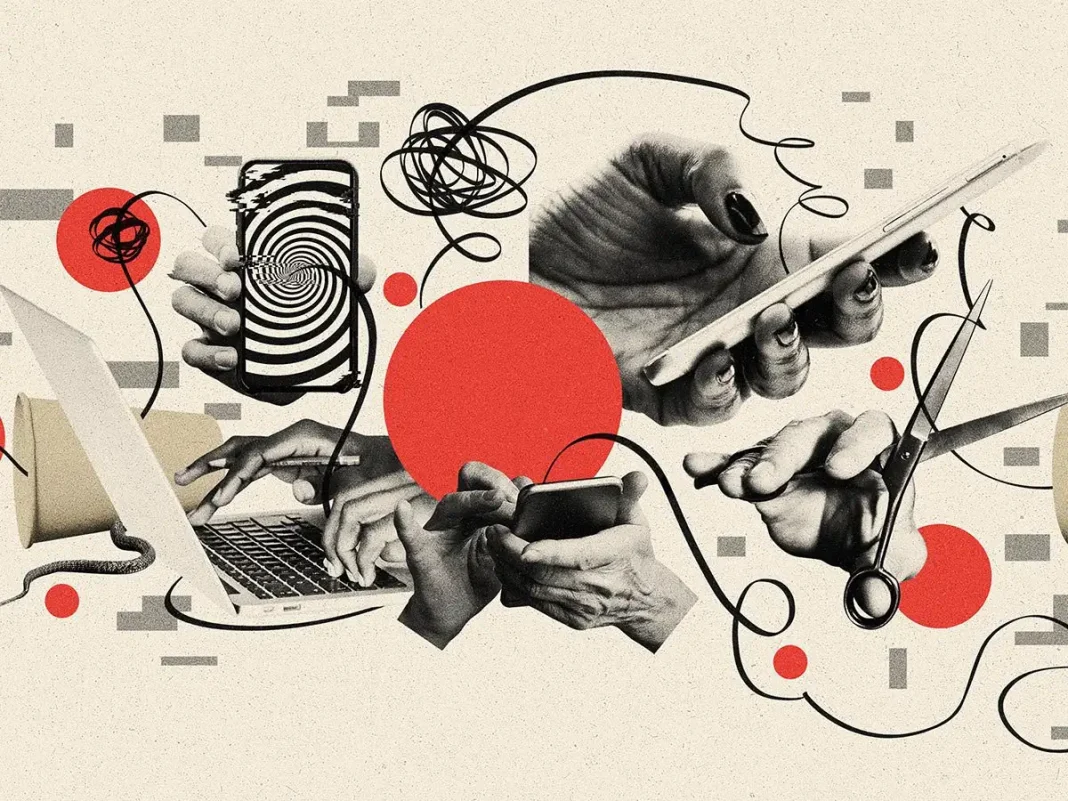In a world inundated with deepfakes, AI-generated news, and misinformation, the role of journalists as gatekeepers of truth has never been more critical. In 2025, misinformation has reached unprecedented levels of sophistication, with advanced AI tools being used to create fake videos, audio clips, and articles that are almost indistinguishable from real content. The challenge for journalists is not only to debunk these falsehoods but also to preemptively identify and address their sources.
Newsrooms are investing heavily in AI tools designed to detect fake content. For example, algorithms can now analyze videos to identify inconsistencies in lighting, shadows, and lip movements, revealing potential deepfakes. Similarly, text-analysis tools can detect patterns indicative of AI-generated articles, such as repetitive phrasing or unusual linguistic structures. However, technology alone cannot solve the problem of misinformation.
Media literacy campaigns are playing an increasingly important role in combating the spread of false information. Educational initiatives aimed at teaching the public how to identify credible sources, verify information, and question suspicious content are gaining momentum. Journalists are collaborating with schools, universities, and NGOs to integrate media literacy into educational curricula.
Transparency in reporting practices is another crucial strategy. By openly sharing their sources, methodologies, and editorial decisions, journalists can build trust with their audiences. This transparency not only counters misinformation but also strengthens the public’s confidence in legitimate news organizations.
As misinformation becomes more sophisticated, the journalist’s ability to adapt and innovate will be the key to safeguarding democracy. The battle against falsehoods is not just a technological challenge; it is a societal one. By combining cutting-edge tools with traditional journalistic values, the industry can rise to this critical challenge, ensuring that truth remains at the heart of public discourse.

